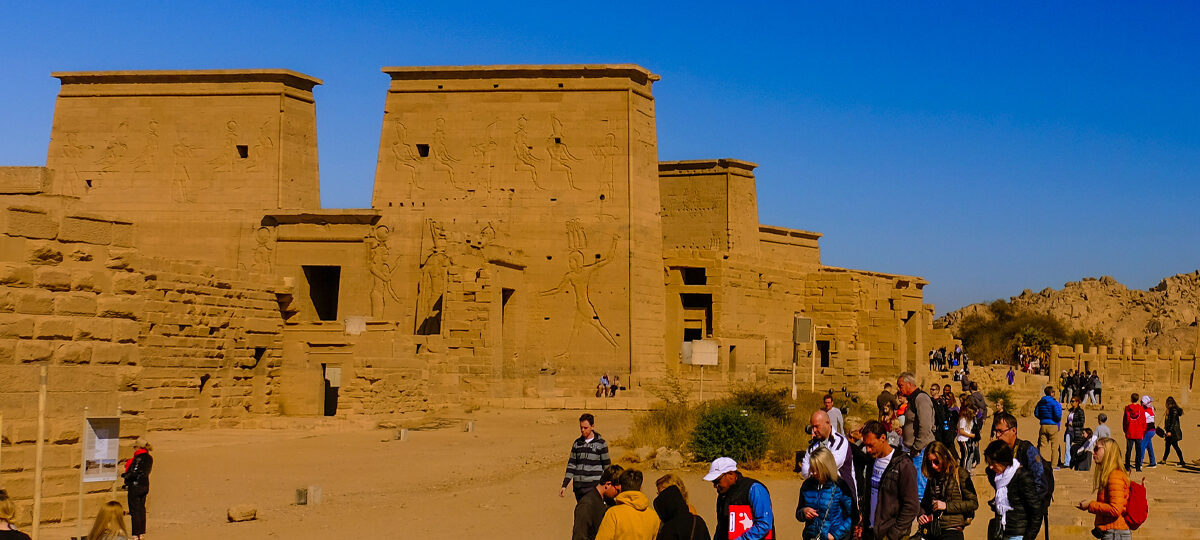Temple of Philae
Even after Christianity had spread all over the known world, people who followed the religion of Isis still went on pilgrimages to the island of Philae. People thought that Isis would watch over Biga, one of the places where Osiris was said to have died, from Philae.
Between 1898 and 1902, when the Aswan Dam was being built, there was flooding that covered a part of the island and its temples. Because of the building of the High Dam, the monuments were moved to Agilika Island (1960–1971). The landscape at Agilika was made to look like that at Philae, which was also a UNESCO-led project from 1972 to 1980.
The Kiosk of Nectanebo II, which is the oldest building on Agilika and was built in the 4th century BC, is where tourists get off boats.
From this area, you can walk through a long courtyard with colonnades to get to the Temple of Isis, which is the most important part of the Philae temple complex. The huge temple was built between the times of the Ptolemies and the early Romans. Its design is a mix of Egyptian and Greek styles. Ptolemy XII was a

News Dionysos built the first pylon, which shows him killing his enemies while Isis, Horns, and Hathor look on. Ptolemy VI had a place built for Isis to give birth, and later kings and queens made changes to the building to honor Isis’s son Horns.
On August 24, 394, the last Egyptian hieroglyphs were added to the Gate of Hadrian. The small Temple of Hathor is on the eastern side of the island. It has carvings of musicians, including the singing god Bes.
The 14 beautiful columns of the Kiosk of Trajan can be seen further south, not far from the water’s edge. It shows the Roman emperor offering incense to the gods Osiris and Isis. The ruined Augustan Temple and Diocletian’s Gate are both on the northern tip of the island.

